From economical engines to teleported information and invading bumblebees
As 2013 comes to an end, one is inclined to say that it went by in a flash. The ETH News editorial team reminisces about the most tense, exciting, difficult and not least satisfying moments of the past year. With this recollection, the editorial team says goodbye to take a short holiday break between 23 December to 5 January and wishes all of its readers a Merry Christmas and a Happy New Year!
January
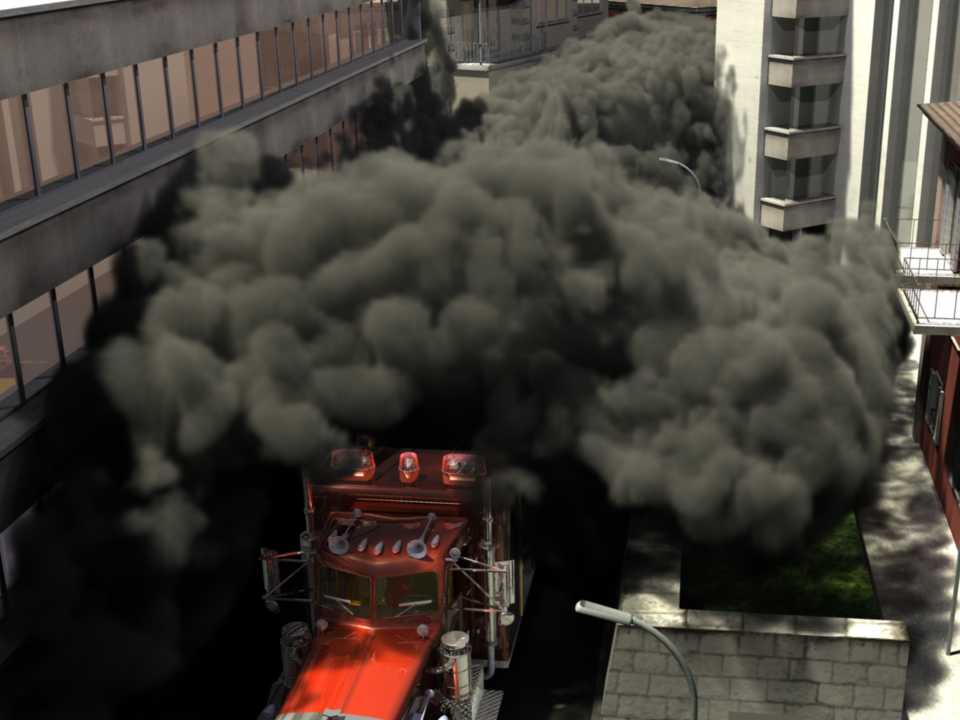
The scientific community spent the entire month speculating about which two large-scale research projects the EU would choose to receive its funding. In the end, the projects that won out were the “Human Brain Project” and the “Graphene” project, the latter of which involves researchers from ETH Zurich. European money also went to the twelve ETH Zurich scientists who were awarded an ERC Advanced Grant. ETH Zurich now ranks first alongside the University of Oxford in these awards, with no other university receiving as much funding from this source to date. An honour was also bestowed upon Professor Markus Gross from ETH Zurich in the form of a “Tech Oscar”. He helped to develop software used in computer graphics to create realistic smoke and explosions in movies. Researchers from ETH Zurich also carried out research to determine in what regions real estate bubbles are emerging in Switzerland. Last but not least, they filed a patent application for a method to test Botox, an agent used in cosmetic surgery, without animal testing.
February
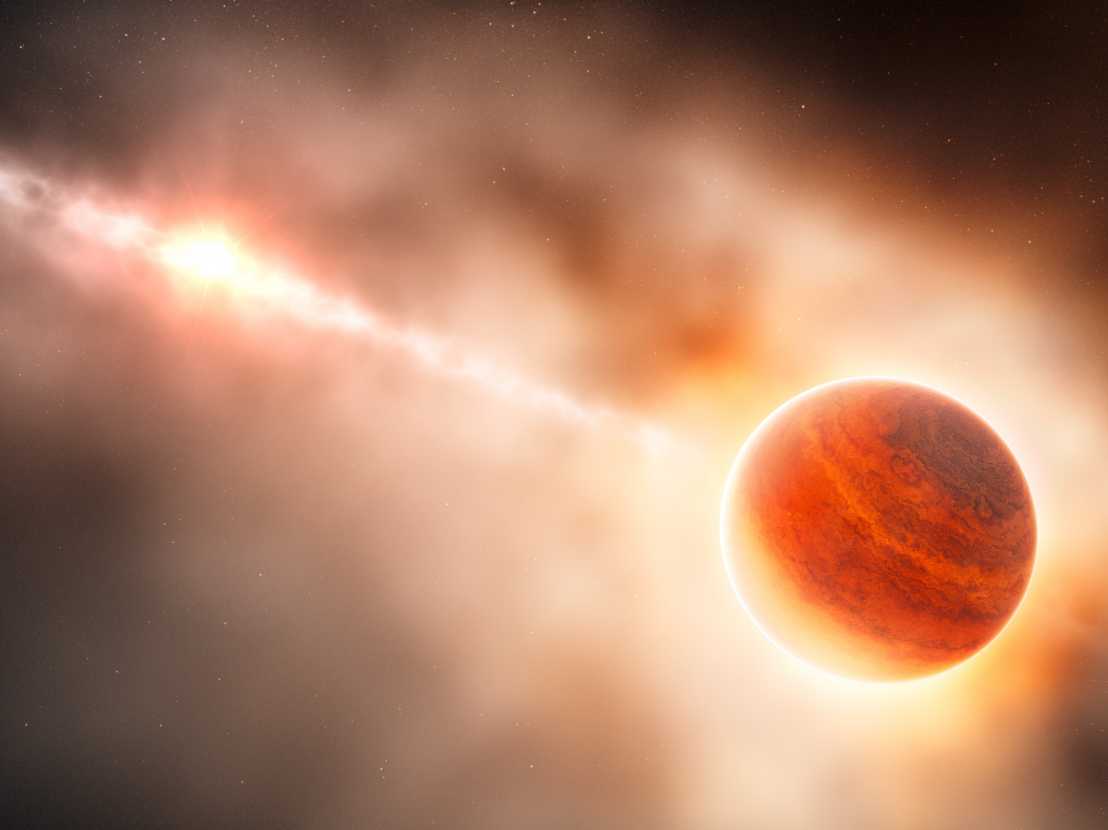
February saw the topic of bee mortality preoccupy cinema-goers and researchers alike. Honeybees are important pollinators, but many other insects are more essential for a rich harvest. Meanwhile, behavioural researchers showed how an infection during pregnancy and stress in puberty can combine to play a role in the development of schizophrenia at a later stage. Using the Very Large Telescope, exoplanet researchers from ETH Zurich discovered for the first time a circumstellar disk which corresponds to a planet in its early phase of development. Researchers from ETH Zurich and the Swiss Seismological Service installed temporary earthquake measuring stations in Bhutan. The fact that Zurich could use more electric vehicles with a Smart Grid was demonstrated by a joint project carried out by ETH Zurich and the EWZ. Also, a study by the KOF or Swiss Economic Institute on the planned turnaround in energy policy stirred up a political debate.
March
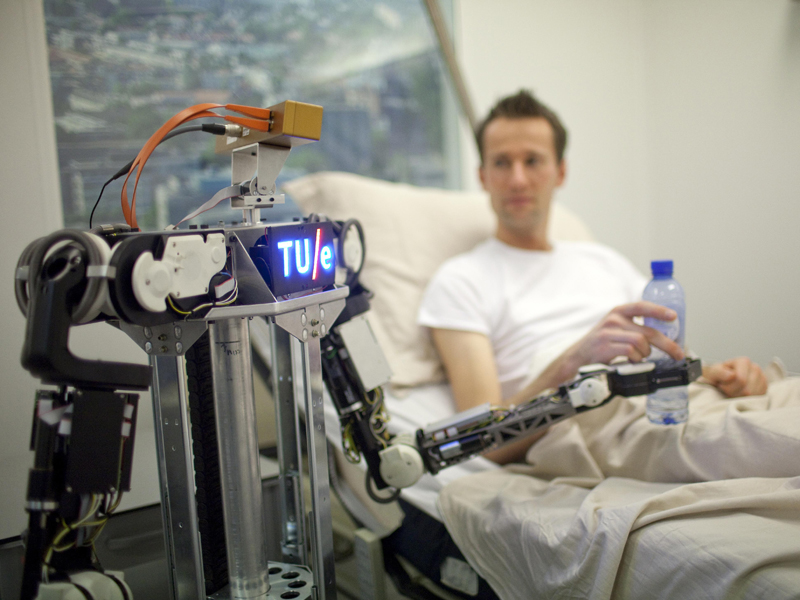
ETH Zurich welcomed Ahmed Zewail, winner of a Nobel Prize in Chemistry, to the Richard-R.-Ernst lecture. On a less celebratory note, the world of research had to say goodbye to the Herschel observatory, which ran out of coolant after its long journey. On a new cloud computing platform, robots were linked up to exchange their knowledge and learn from each other. A huge global power grid set to transport renewable energy from remote areas to the world’s consumer centres met with international interest. ETH Zurich researchers simulated how a warmer climate could affect the forests in the Swiss Alps. They found that even a two-degree rise in temperatures could have a serious impact. In March the ETH Board also postponed the increase in tuition fees, and ETH Zurich opened the Molecular Health Sciences Platform, the new education and research centre for molecular health sciences.
April
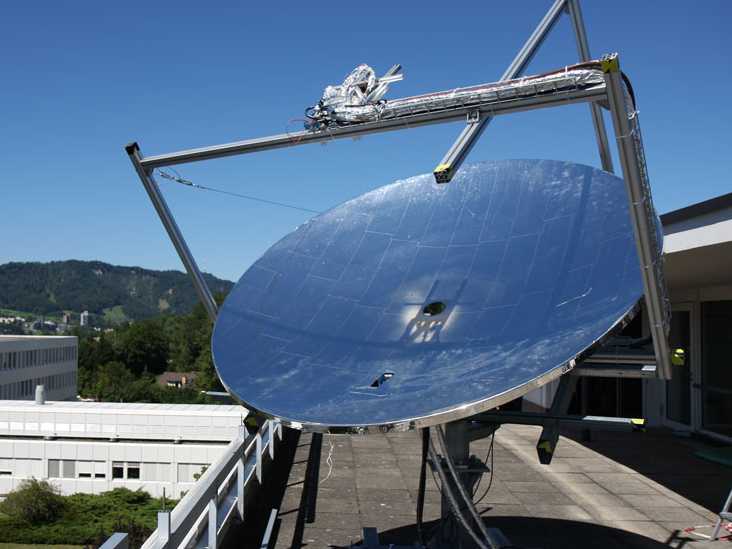
There were several announcements from the field of medicine that drew attention to ETH Zurich in April. One of these involved a high-precision exhaled breath analysis that allowed researchers to diagnose illnesses more accurately. A newly developed measuring device made it possible for the first time to detect localized changes in tissue consistency, for example in the case of complications in pregnancy. In addition, researchers demonstrated for the first time that white and brown fat cells can interconvert, which could lead to new therapies for obese people. Scientists at ETH Zurich were also involved in innovations in the field of engineering. Together with IBM, researchers from ETH Zurich developed a new photovoltaic system that can accommodate a 2,000-fold concentration of sunlight, produce drinking water and generate cool air. Innovative nanocrystals were developed that could be used in the next generation of lithium ion batteries. Additionally, another material hit the headlines: a composite capable of returning to its original shape.
May

With regard to the referendum to abolish compulsory military service planned for September in Switzerland, a study performed by ETH Zurich unknowingly anticipated the result: significantly more people than in the prior year spoke out in favour of military service. Physicists from ETH Zurich substantiated one of the most important effects of quantum optics using microwaves, while a microrobot developed at ETH Zurich was able to measure oxygen supply to the eye. There were personnel changes in some high-level positions, with Stefan Wiemer becoming the new Director of the Swiss Seismological Service (SED) and Michael Ambühl, former State Secretary for International Financial Matters, taking on the role of Professor for Negotiation and Conflict Management. Giovanni Felder took over the post as Director of the new Institute for Theoretical Studies, which received a pledge of 50 million Swiss francs. A new chair in deep geothermal energy was established thanks to a donation of 10 million Swiss francs. There was cause for celebration at ETH Zurich’s KOF Konjunkturforschungsstelle (Swiss Economic Institute), which marked its 75th anniversary on 16 May. On a sad note, ETH Zurich lost one of ‘its’ Nobel Prize winners, Heinrich Rohrer, who died at the age of 79.
June
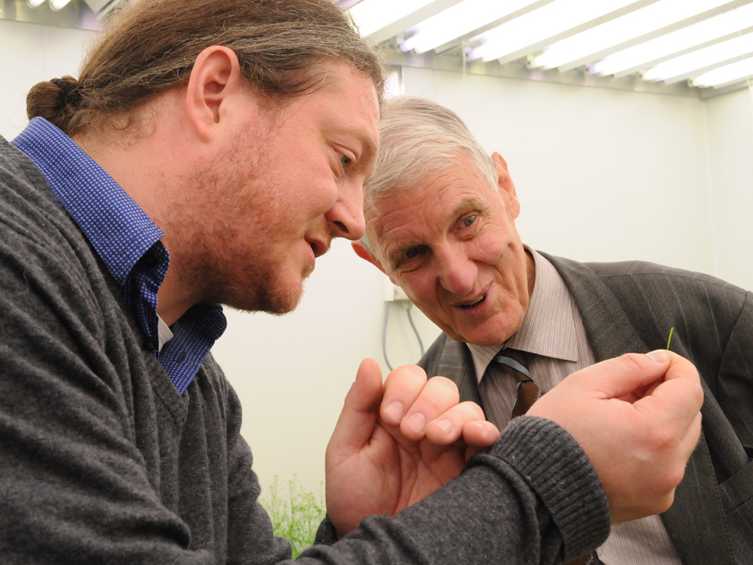
The month of June was a month for newcomers. While a 9-year old maths genius made the news by applying to study at ETH Zurich, one of the university’s master’s students presented the first fluorine-free outdoor jacket. 41-year old Olivier Voinnet won the Max Rössler Prize with its CHF 200,000 prize money. Voinnet is a Professor of RNA Biology whose discoveries in the field of molecular and cell biology have overturned a central dogma in biology. Researchers at the Institute for Biomechanics found a way to make ear replacements that not only look but also feel like the real thing, while food scientists presented a hybrid material made from gold and milk proteins that may be used as a gold-leaf substitute in chocolate and cosmetics. Edward Snowden made the topic of big data hot news – ETH Zurich’s experts for encryption systems and handling large data volumes were more sought after than ever before.
July
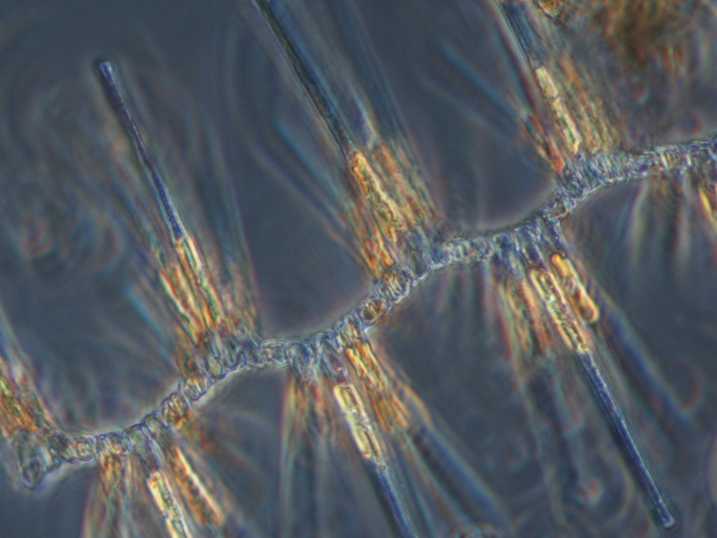
July started on a high note with Zurich’s Zürifest, and ETH Zurich was in on the action. Over a period of just three days, a research group from ETH Zurich used an app to collect more than 23 million GPS positions, allowing it to create reliable heat maps of the visitor flows. Shortly before the summer holidays, ETH Zurich had to make the announcement that Doris Fiala was no longer authorized to hold the title of ‘Master of Advanced Studies’. An external appraisal came to the conclusion that her diploma thesis contained plagiarism. ETH Zurich researchers developed a new marker substance that was able to make certain types of tumours visible in high resolution. Small ocean eddies impacted wind and weather patterns, while small sea creatures were immortalized for the first time in a plankton atlas. When the earth quaked in St. Gallen as the result of a geothermal project, not only was the Swiss Seismological Service on the scene, the expertise of ETH Zurich was also in demand to use the potential of this energy source.
August
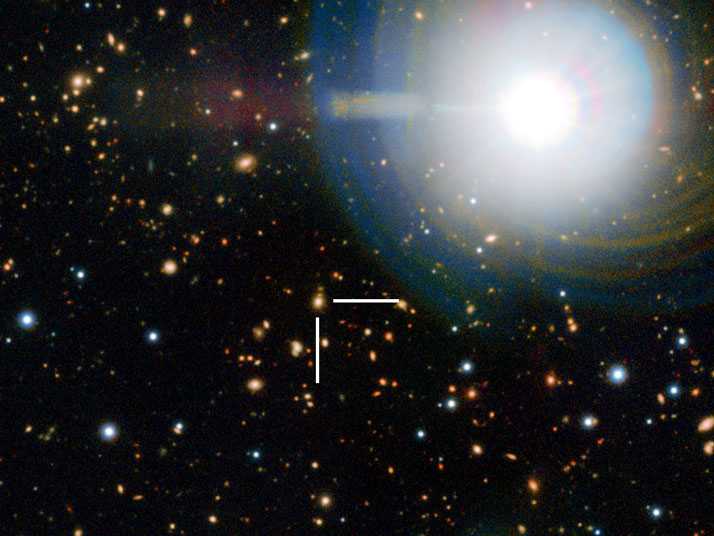
August was a month that heralded many new discoveries about the Earth and the universe. We now understand better why old galaxies appear to be growing or why an ice age occurs every 100,000 years. The Arctic permafrost releases the stored carbon, while during the Tohoku earthquake in 2011, two of the Earth’s plates shifted two to three kilometres eastward. There was good news on the interpersonal front: it was found that breast milk transports good bacteria, ETH Zurich researchers helped to improve eye contact on Skype, and commuters formed a secret network of familiar strangers. Physicists and science fiction fans alike took delight in the announcement that researchers from ETH Zurich had mastered the art of teleportation. Information was teleported over a whole six millimetres using a chip. There was also more good news for ETH Zurich, with nine researchers being awarded an ERC Starting Grant. The European Research Council (ERC) will provide a total of 16 million Swiss francs to fund their projects.
September
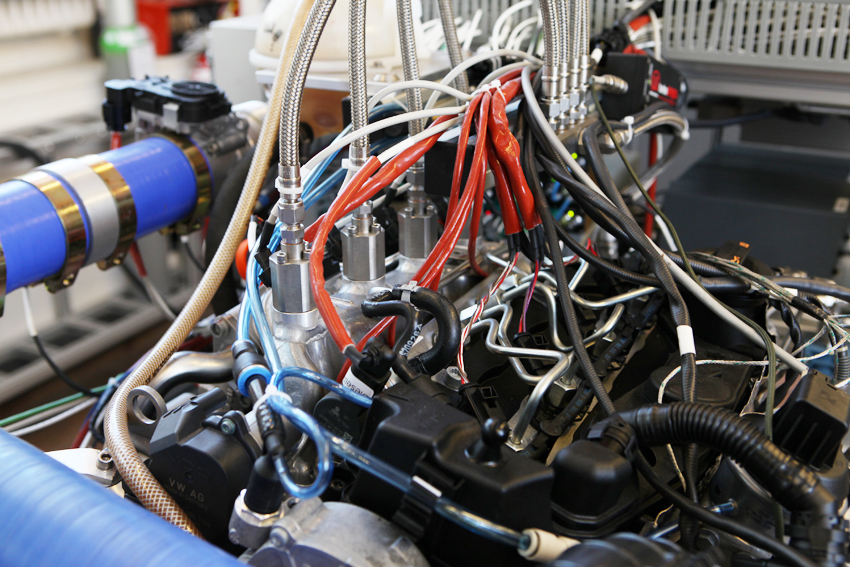
Early September once again saw ETH Zurich and the University of Zurich open their doors for “Scientifica”. This year’s topic, risk, met with huge interest from the public. Another success story was the Singapore-ETH Center, which took stock after its first three years of research. Further positive news stemmed from the results of the QS World University Rankings, where ETH Zurich climbed to 12th place overall. ETH Zurich even made the top 10 in the Engineering & Technology category, an achievement justified among other things by innovations such as the natural gas-diesel hybrid engine developed by researchers at the university. The engine already meets the reduction in carbon emissions targeted for 2025.How urgent it is to mitigate climate change, became clear with the latest IPCC report to which several ETH researchers had substantially contributed. Mechanical engineering subjects were particularly popular amongst the 2,706 bachelor’s students who started their studies in mid-September. The new recruits were welcomed by ETH Rector Lino Guzzella, who just a few days later was appointed as the successor of ETH President Ralph Eichler, who will step down from his post at the end of 2014.
October
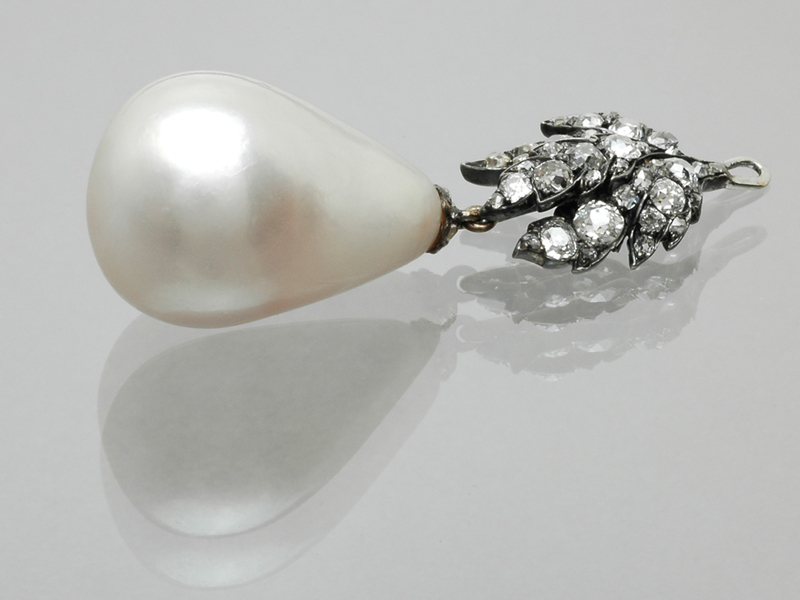
There was lots to celebrate in October. Particle physicists got excited for Peter Higgs and François Englert, who won the Nobel Prize for Physics. The two scientists won the Prize for the theoretical preliminary work that resulted in the discovery of the Higgs boson at CERN. The university’s Office for Equal Opportunities also had reason to celebrate as it marked its 20th anniversary with an exhibition and a panel discussion. A ripple of excitement ran through Orléans, where two architects from ETH Zurich presented a space made from artificial sandstone that they had created using a 3D printer. Meanwhile, a Swiss research team presented a method for putting a stop to jewellery forgery, namely a genetic fingerprint for pearls that proves where they come from. A new insight into the Earth’s interior was made possible by computer simulations on the CSCS, while the pressing questions above the Earth’s surface were discussed by academics and practitioners at ETH Zurich’s spatial planning meeting.
November
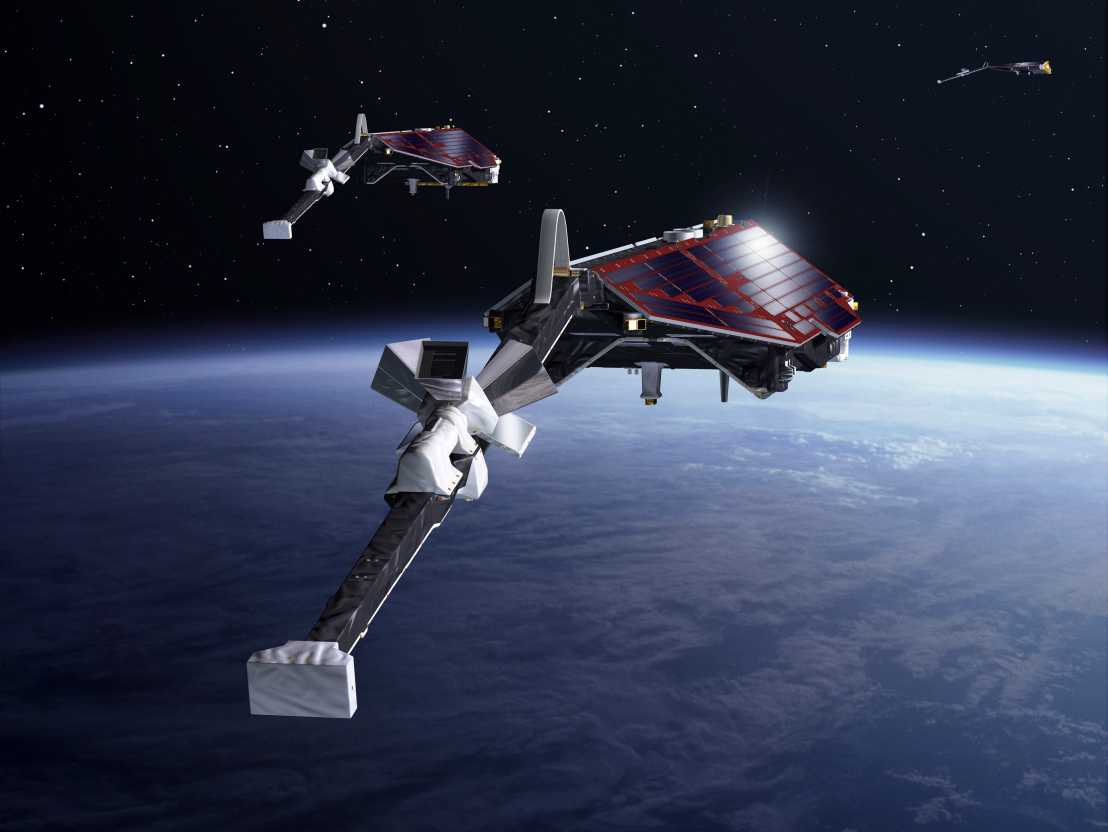
November saw a world record for ETH Zurich computer scientists, who used a supercomputer in the USA to simulate the collapse of a cloud of thousands of bubbles in a liquid in a resolution never achieved before. ETH Zurich’s supercomputer “Piz Daint”, located at CSCS in Lugano, is Europe’s fastest supercomputer and was awarded the title of the world’s most energy-efficient supercomputer. ETH Zurich also works together with IBM on the computer technology of the future: researchers launched a project aiming to fit new 3D computer chips with an ‘electronic bloodstream’. As part of ESA’s Swarm mission, three satellites were sent into space in order to measure the Earth’s magnetic field from space – with the involvement of ETH Zurich. At the ETH Day, Rector Lino Guzzella explained why he prefers to use the term ‘education machine’ instead of ‘education landscape’ to describe how the stakeholders in education are interlinked like cogs in a machine.
December
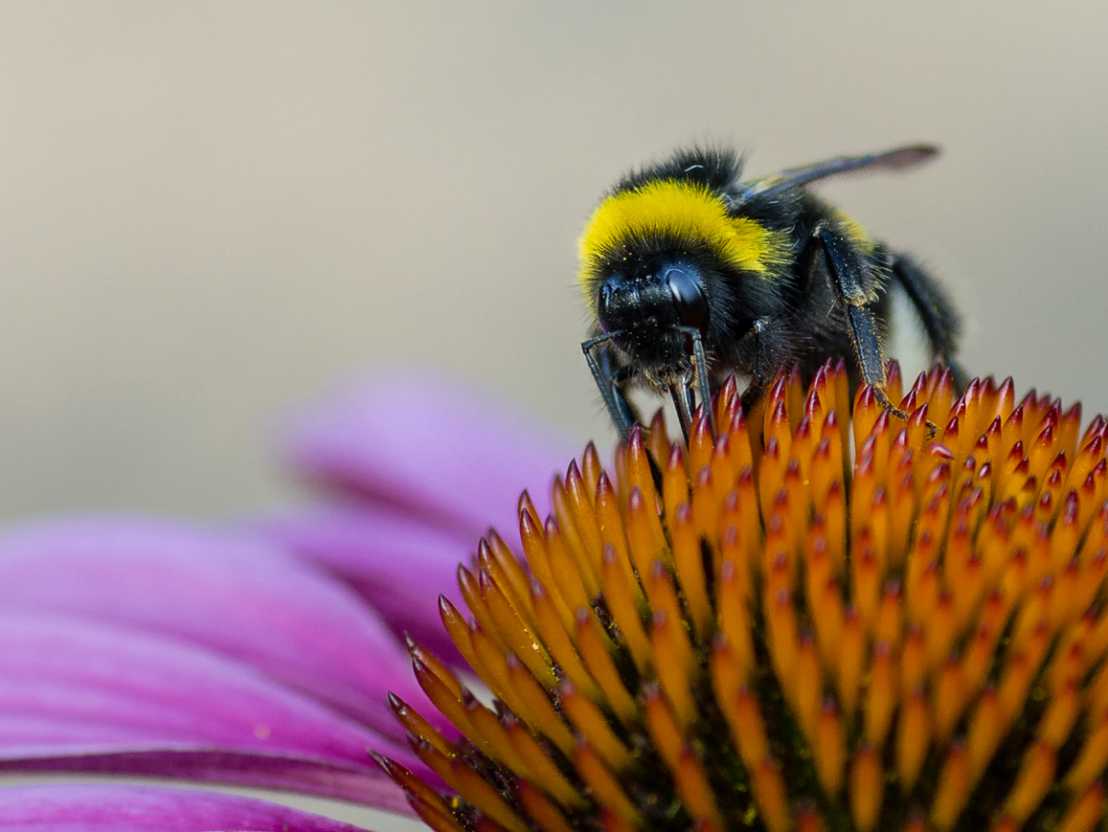
Although December is the shortest month in the ETH News look at the year in retrospect, there were still plenty of highlights to report. Maksym Kovalenko was awarded the Ruzicka Prize for his work in the vast research area of nanocrystals. ETH Zurich researchers discovered that yeast cells involved in fruitless reproduction attempts remember the ‘bad experience’ thanks to clumps of protein. Invading buff-tailed bumblebees from Europe were seen to be ousting native species in Argentina, while invasive Salmonella was found to use energy from hydrogen to get rid of intestinal flora. On a different note, researchers found that all those who like to use internet auctions to buy and sell goods should watch out for their reputation, as it pays off. Looking toward the future, a new app was developed that could soon turn smartphones into 3D scanners, while new failsafe software promises to transform quadrocopters into crash-proof delivery agents.
